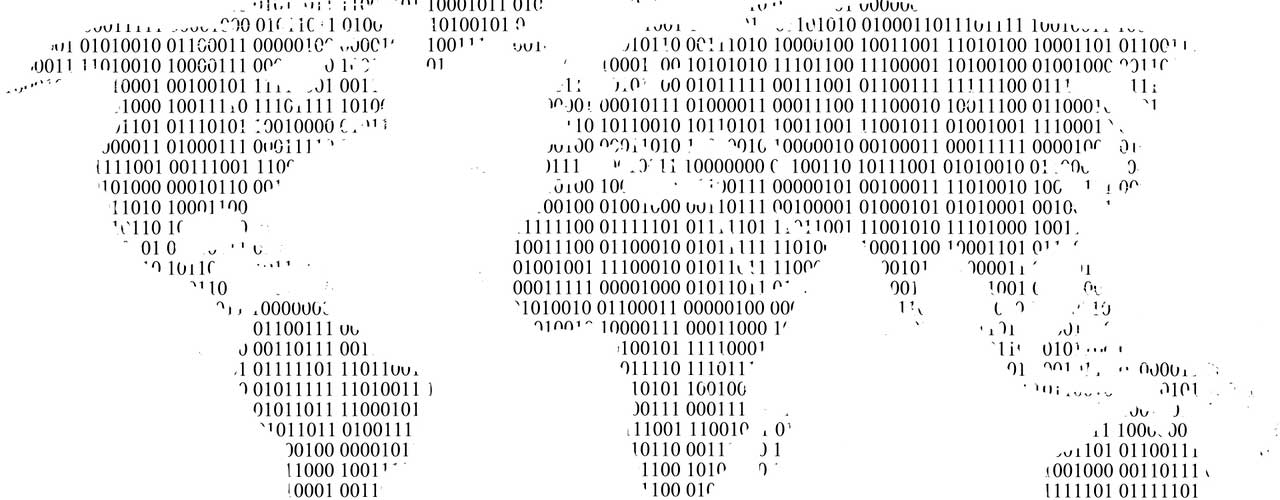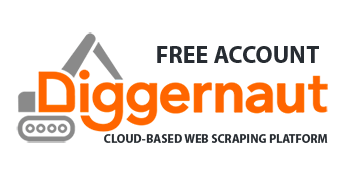Geospatial data refers to the data that connects an object with its geographic location. Such information is provided in the form of coordinates and topology. In connection with the significant development of information technology, extensive coverage of the Internet, the emergence of new technologies, the mass of such data, which are created daily on billions of devices, including our smartphones, tablets, cameras, radars, etc. is continuously growing. The whole world has already fixed its eyes on the possibility of using these data for its needs.
Geospatial Media’s “Geospatial Industry Outlook” review analyzed the geospatial industry for the first time, identified problems and prospects for this area, and compiled a ranking of countries by how extensively they use geospatial data to solve various problems. Needless to say, Russia’s positions are not the highest, but specialists there also took note of the importance and need for the development of this sphere. At the moment, the inclusion of a special section on them in the program of the “Digital Economy of the Russian Federation” contributes to a severe step towards more extensive development and use of geospatial data in Russia.
Considering other countries and their experience, it can be concluded that the defense and security sector, as well as logistics and transport, agriculture, land management, and the construction sector are most interested in the use of geospatial data. Many tasks of public administration are being solved with the use of the geospatial data and competent analysis while using a minimum of resources for it:
- drawing up of the optimal plan of transport streams at an occurrence of extreme incidents;
- quick reaction to problems and breakdowns of technical means involved in solving various state tasks;
- visualization of the activity of the population in social networks during an emergency or any crisis, necessary to help rescue teams;
- rapid and accurate medical care in emergencies, etc.
Judging by the development trends, the rate of building up databases with geospatial data will only increase. Such data will never lose its relevance because on their basis it is possible to make the most optimal decisions in many areas of activity.
Geospatial data are useful not only for solving state problems, but also for business development. The use of this kind of data to solve business problems will increase gradually, as well as the growing awareness that knowing the location is extremely important when making effective decisions. In the future, ahead of competitors will be those companies that implement geo analysis in their business and use the space to increase the profitability of their business. Geodata helps to find new customers and maintain an operational connection with existing ones. Besides, based on detailed analysis, you can also determine the company’s development tactics, for example, choose a suitable point for building a branch, and so on. Many companies are already beginning to implement geo-tools.
Let’s take one American company that organized a small marketing revolution in connection with the release of its application for smartphones Foursquare, which allows you to mark in a specific place, make a so-called check-in, and post it automatically to social networks, add photos, information and feedback on that or other institution. The higher the activity of the user, the more targeted the ads shown to him in the application. Thus, you can get quality information about your customer, his habits and preferences based on geospatial data. In Russia, the idea has taken root, and the Russian analog – the AlterGeo application, using the same technology of check-ins and displaying targeted advertising based on preferences – has entered the market. All this, of course, in a natural game form to maintain interest. For corporate clients, not only advertising displays but also advertising coupons are offered. A striking example – a network of cinemas “Karofilm.” The essence was pure – for 9 real Check-ins in the cinema theater, the user received 2 free tickets for any session. In a month, the number of check-ins increased from 50 to 2,000, the profit increased several times and remained even after the end of the campaign.
Another example of the development of geospatial data in business is the introduction of X5 Retail Group transport control with the help of geolocation. All the company’s vehicles are equipped with GPS-coordinate transmitters. Utilizing cellular communication coordinates are dumped on the server and put in office on a map of the locality. All data is tracked in real time: speed mode, stopping, deviating from the route, opening the body outside the intended object or the loading/unloading area. It helps to minimize the risk of theft and abuse of authority for personal purposes.
Banks are also trying to keep up. For example, applications can recommend the nearest ATM or branch to the customer. Also, geospatial data is used to track lost cards.
The options for using geospatial information are extensive. For example, the telecommunications industry can use it to track the coverage of subscribers, places with an unstable signal, poor Internet access, time and profiles of users with unstable connections to quickly resolve issues, identify the time of maximum and minimum network load in different locations to redistribute traffic. Another possibility is the regulation of user outflow. For example, if you know that the subscriber has changed his place of residence, then you can recommend him more suitable services. Advertisers and marketers are also interested in using geospatial data will be only happy to offer their products and services to potential customers, say, when it is close to them.
Thus, the demand for data is quite large, and companies are already actively using existing tools for analyzing geospatial data. It is the reason that forced us to implement support for extracting geospatial data on our platform. Right now you can use the functions of direct and reverse geocoding, obtaining polygons of areas and much more. More details about the new functionality you can find in the following section of our documentation: Working with geospatial data.


